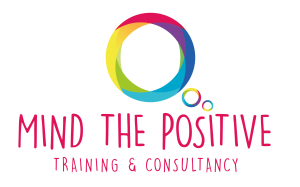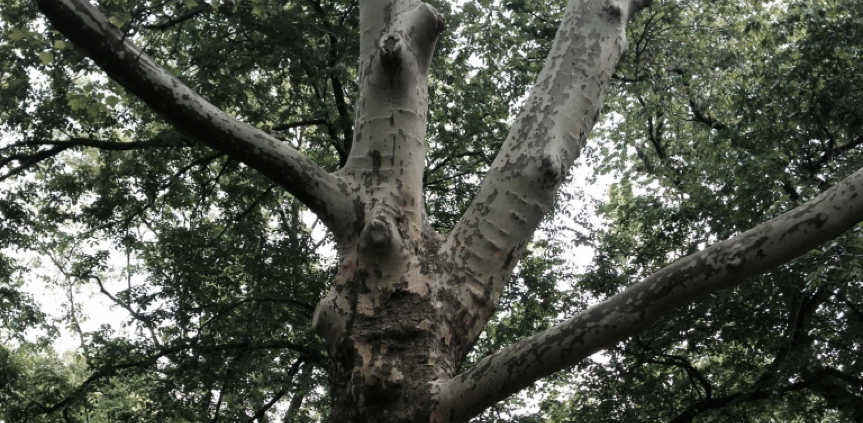Understanding Mindfulness…
Many pieces of information that I’ve read, watched or come across with, remind me of mindfulness. We used to utter the term ”seize the day” for being in “here and now”, that later have turned to a cliché… It took us time to internalize its in-depth meaning and philosophical essence. It was difficult to grasp and practice what Robin Williams pointed in his word “Carpe Diem; …seize the day boys; …make your lives extraordinary; …we must constantly look at things in a different way” 28 years ago. We simply did not know how…
And today, we are even more aware what being in “here and now” is, with greater emphasis on what it is and how it is possible to be so. Western world and science people use the term mindfulness, which translates with numerous abstract concepts: “attention and awareness”, “conscious awareness”, “focused awareness”, “present moment awareness”, “presence in the moment”, etc. In fact these are all branches of a single tree that are fed through mutual body and roots. Of course it is highly challenging to internalize such an abstract phenomenon when conceptualized with abstract concepts.
So, what is mindfulness?
Hence, instead of explaining what mindfulness is, I will try to make you feel what it is like to be mindful. Please, let aside what you have in hand, and think… Do you like drinking coffee? What do you recall from the last coffee experience you had? I can hear you asking Experience? What sort of an experience would drinking coffee entail?” Well, life is rich with moments that let us have various experiences, even a simple cup of coffee. The quality and vibrancy of our experiences rely on the amount of time, attention, and awareness we give to the present moment. The more attention and awareness we give to what’s present in the moment, the more vibrant, satisfactory, and real life we get to live!

How about giving it a try! When was the last time you enjoyed your coffee, drinking it using your five senses? Have you watched or noticed how the steam coming out of the cup and blending into air? Have you let the coffee aroma into your nostrils, and all the way into your lungs? Have you imagined the tiniest part of your body getting nourished with that slight intake of aroma? Have you observed the dark fluid’s color, opaqueness, and maybe your own reflection inside the cup? And what about the first sip; have you felt the warmth on your lips and inside your mouth; the bitter-sweet first taste; and noticed the instinctive activation of saliva created at your pharynx that drives you to swallow? Have you ever had an “amazing thought” of prolonging that moment of joy, through delaying the instinctive swallowing drive by millisecond? Have you let yourself feel the warmth of the little sip while going down your throat? At all these small steps, where has your attention been? Has it been at the sensual experiences, or at your conversation with your companion, at your paper, or chores?
My understanding of mindfulness is how Kirk W. Brown and Richard M. Ryan (2003) define it: it is “the attention and awareness we have in present moment and experiences.” Jon Kabat-Zinn (1994), the scientist who has brought a scientific approach through mindfulness-based stress reduction (MBSR) program defines it as “paying attention in a particular way, on purpose, in the present moment, and in a non-judgmental way.” In other words, mindfulness involves purposeful intention of attention, awareness, and acceptance. That is focused attention to present moment experiences, having the awareness of what is present, and accepting in a non-resisting attitude.
The above coffee experience is one of the mindfulness practices that we may use to foster our level of mindfulness. As you may notice, no need to allocate great effort for being mindful (the state of presence with attention and awareness). Some simple and quite practical tools/methods (like the mindful drinking above) are enough to apply into our daily life. Most of us have already been practicing its methods knowingly or unknowingly, at various contexts in our daily lives. We may be doing that through gazing at a candle flame dancing, watching waves hitting the shore, focusing on tiniest details in a picture and exploring new ones, or simply slowly breathing in and out with our attention on the breath.
The main point of the mindfulness, it is to direct our mind and state of being from a “mind-full” (confusion, stress, and worry) state to a mindful (calm, present, and organized) state, through taking ourselves down the worm-whole, a process of “mind-fooling” (taking the mind from auto-pilot mode to an auto-control mode). So, these practices, while helping us foster our level of a mindful state –that is being aware of our present moment and experiences, help us calm down the non-stop chatter and confusion in our minds, letting ourselves some quiet time; as well as providing us an enjoyable process of self-exploration, self-awareness, and self-management.
In light of my research and practice in this field, I have explored some major principles that may help us reinforce our level of mindfulness: (1) Attention, (2) Awareness, (3) Intention, (4) Attitude, (5) Observation, (6) Non-judgmental, (7) Acceptance, and (8) Let go/Let be. Either separately or integrated, applying these principles may foster our mental, emotional, physical, and spiritual health. There are many mindfulness practices that we may apply for a more mindful living. Drinking coffee via using our five senses may make it a totally different and enjoyable experience.
This piece of article has been an introductory to mindfulness, in purpose of giving an idea what mindfulness is, and what it may mean to be mindful. It has slightly touched on the attention principle; as having our attention on the little details related to our cup of coffee. Paying attention to the details and observing what they have for us, make our lives more lively and joyful. That, in essence, may be the miraculous joy of life.
In the coming articles you will find various examples of mindfulness practices, integrated with a few of the eight principles above. I will be sharing different ways of practicing mindfulness, the scientific side and study results, the impact it has on people, and some insights on my personal experiences. Wish you all a pleasant read!








Leave a Reply
Want to join the discussion?Feel free to contribute!